-
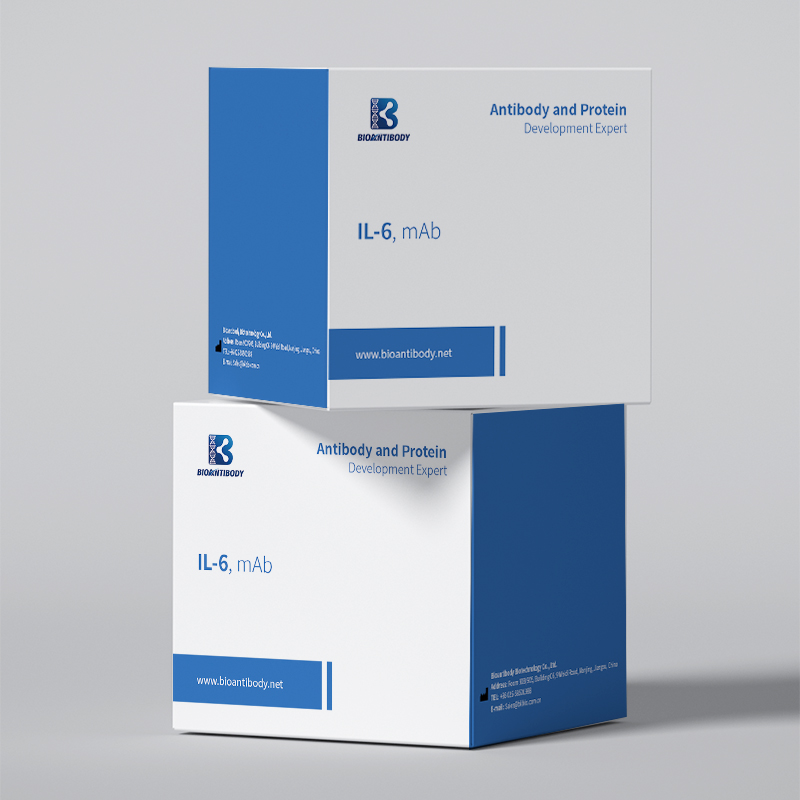
Anti-human IL6 Antibody, Mouse Monoclonal
Product details General Information Interleukin-6 (IL-6) is a multifunctional α-helical cytokine that regulates cell growth and differentiation of various tissues, which is known particularly for its role in the immune response and acute phase reactions. IL-6 protein is secreted by a variety of cell types including T cells and macrophages as a phosphorylated and variably glycosylated molecule. It exerts actions through its heterodimeric receptor composed of IL-6R that lacks the tyrosine/... -
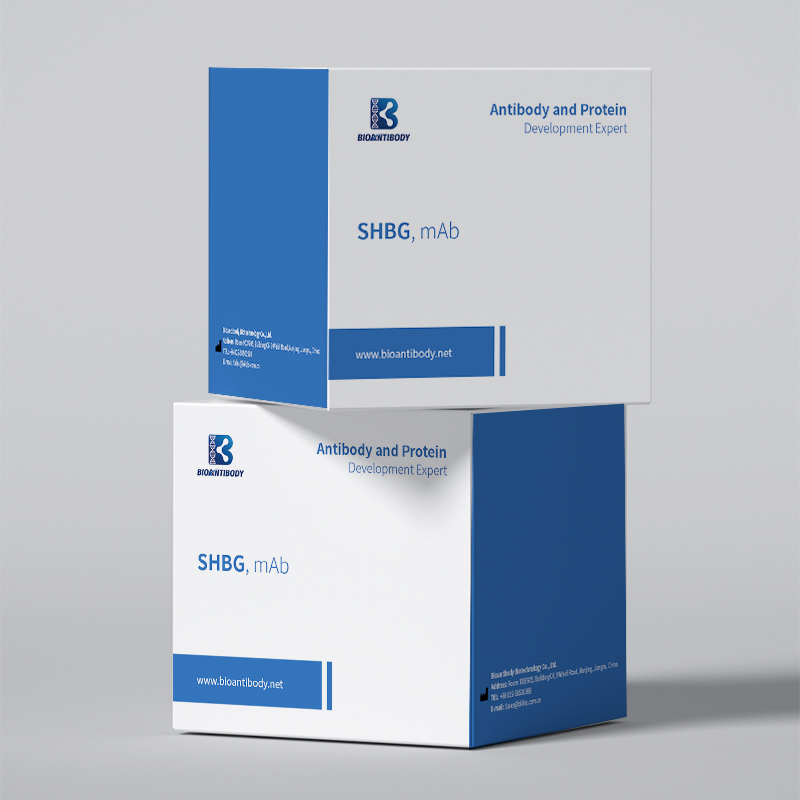
Anti-human SHBG Antibody, Mouse Monoclonal
Product details General Information Sex hormone binding globulin (SHBG) is a glycoprotein of about 80-100 kDa; it has a high affinity for 17 beta-hydroxysteroid hormones such as testosterone and estradiol. SHBG concentration in plasma is regulated by, amongst other things, androgen/estrogen balance, thyroid hormones, insulin and dietary factors. It is the most important transport protein for estrogens and androgens in peripheral blood. SHBG concentration is a major factor regulating thei... -
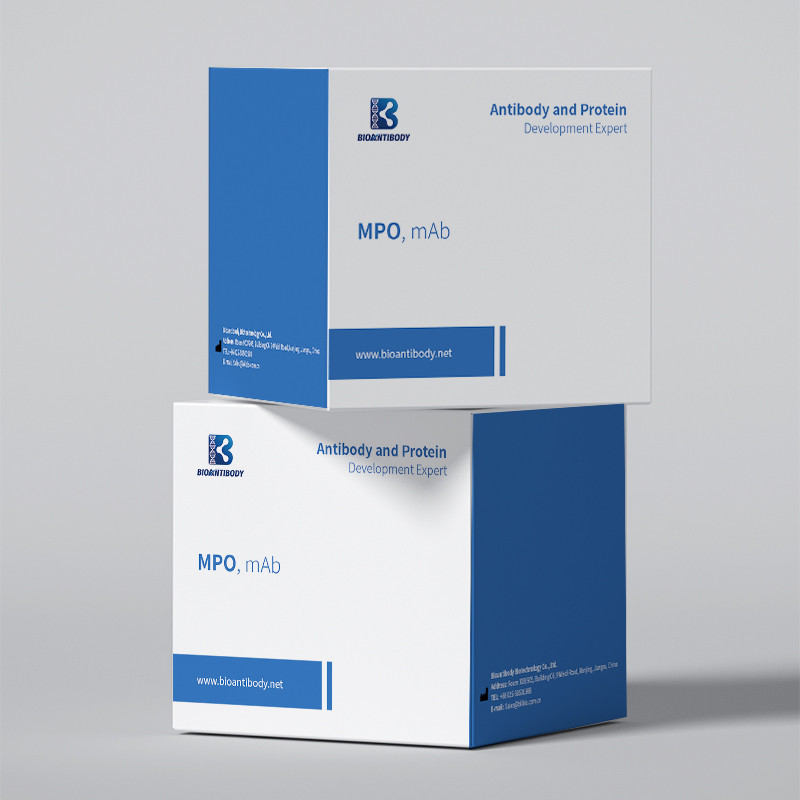
Anti-human MPO Antibody, Mouse Monoclonal
Product details General Information MPO (myeloperoxidase) is a peroxidase enzyme secreted by activated leukocytes that plays a pathogenic role in cardiovascular disease, mainly by initiating endothelial dysfunction. Myeloperoxidase (MPO) is an important enzyme, which is one of the components of the antibacterial system in neutrophils and monocytes. MPO participates in the inflammatory response in multiple locations in the body, including the mammary glands. Myeloperoxidase (MPO), a speci... -
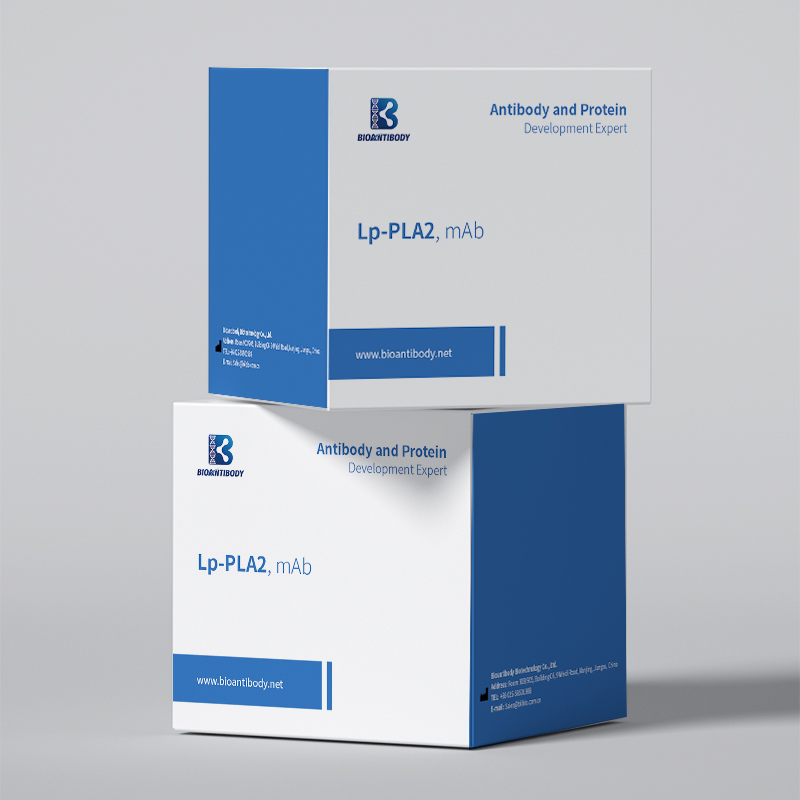
Anti- human Lp-PLA2 Antibody, Mouse Monoclonal
Product details General Information Lipoprotein-associated phospholipase A2 (Lp-PLA2) is produced by inflammatory cells and circulates primarily bound to low-density lipoprotein (LDL) and is to a lesser extent associated with high-density lipoprotein (HDL) in human plasma. LDL oxidation is known as an early key event in the pathogenesis of atherosclerosis. Elevated Lp-PLA2 levels have been found in atherosclerotic plaques and rupture lesions. Properties Pair Recommendation CLIA ... -
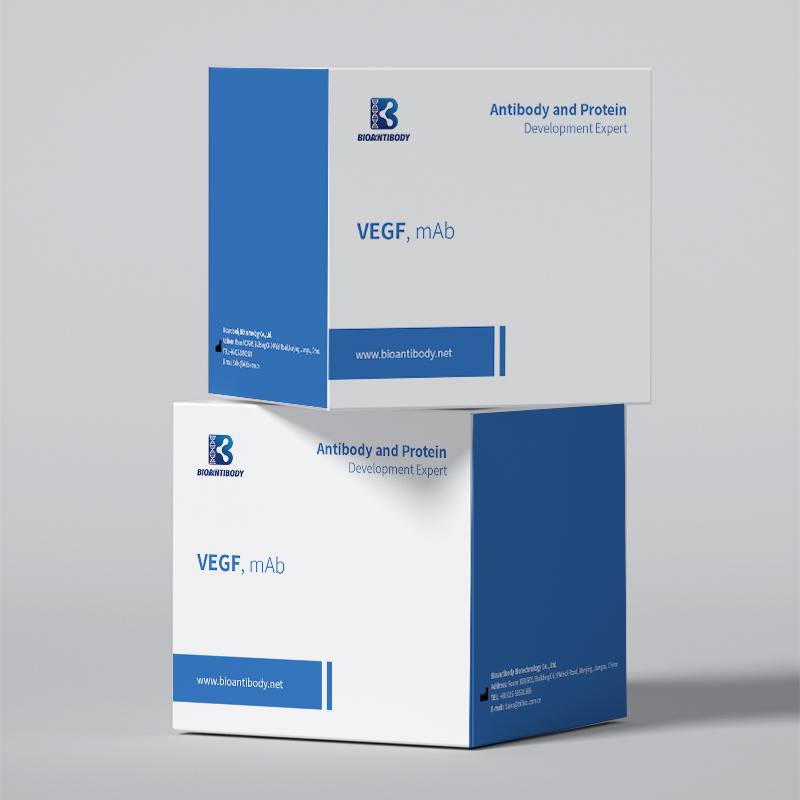
Anti-human VEGFA Antibody, Mouse Monoclonal
Product details General Information Vascular endothelial growth factor (VEGF), also known as vascular permeability factor (VPF) and VEGF-A, is a potent mediator of both angiogenesis and vasculogenesis in the fetus and adult. It is a member of the platelet-derived growth factor (PDGF)/vascular endothelial growth factor (VEGF) family and often exists as a disulfide-linked homodimer. VEGF-A protein is a glycosylated mitogen that specifically acts on endothelial cells and has various effects... -
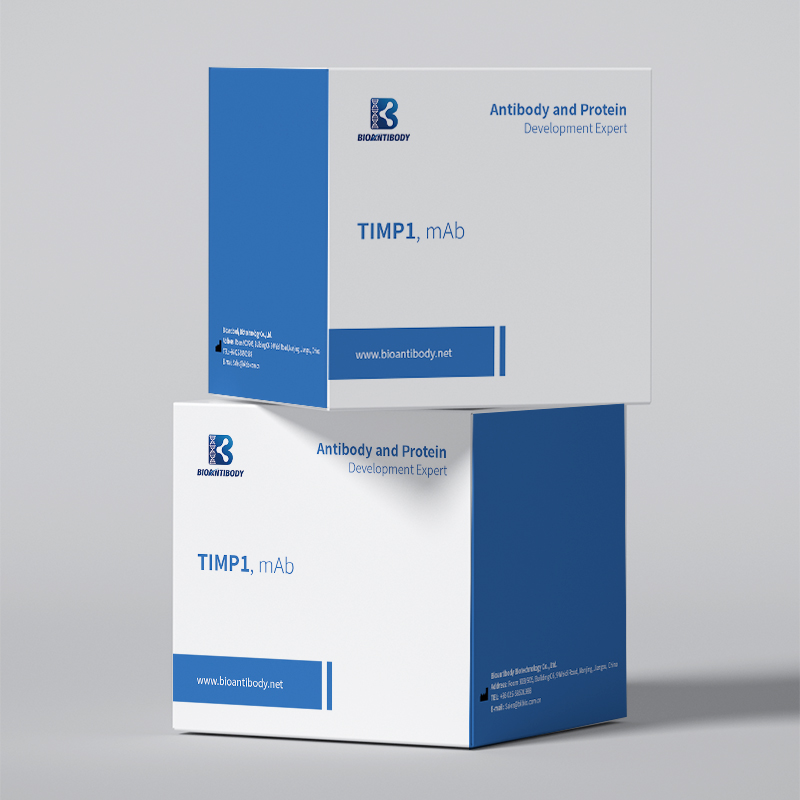
Anti- human TIMP1 Antibody, Mouse Monoclonal
Product details General Information TIMP metallopeptidase inhibitor 1, also known as TIMP-1/TIMP1, Collagenase inhibitor 16C8 fibroblast Erythroid-potentiating activity, TPA-S1TPA-induced proteinTissue inhibitor of metalloproteinases 1, is a natural inhibitors of the matrix metalloproteinases (MMPs), a group of peptidases involved in degradation of the extracellular matrix. TIMP-1/TIMP1 is found in fetal and adult tissues. Highest levels are found in bone, lung, ovary and uterus. Complex... -
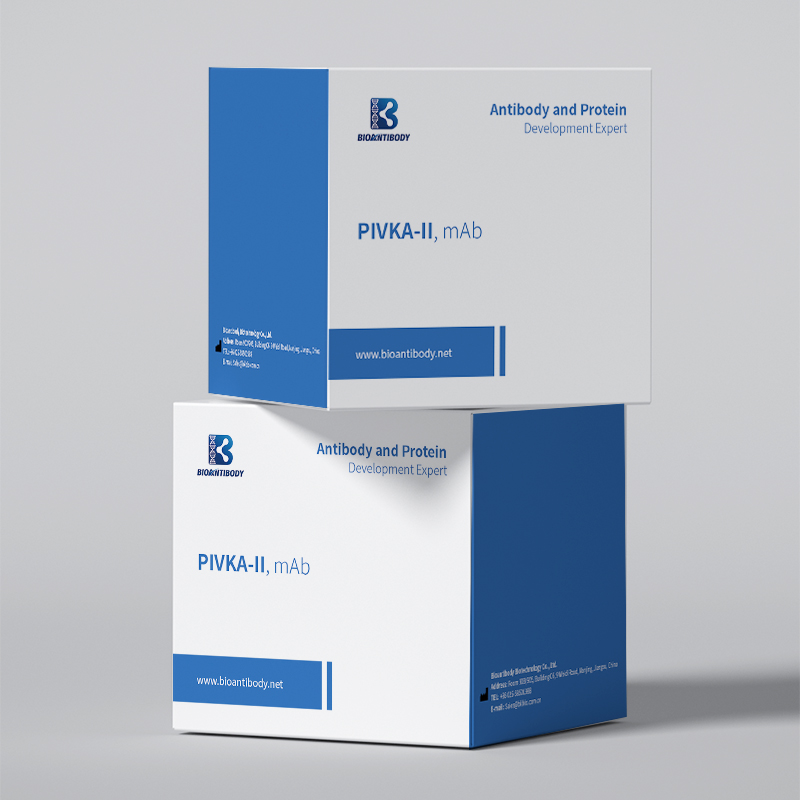
Anti- human PIVKA -II Antibody, Mouse Monoclonal
Product details General Information Protein Induced by Vitamin K Absence or Antagonist-II (PIVKA-II), also known as Des-γ-carboxy-prothrombin (DCP), is an abnormal form of prothrombin. Normally, the prothrombin’s 10 glutamic acid residues (Glu) in the γ-carboxyglutamic acid (Gla) domain at positions 6, 7, 14, 16, 19, 20,25, 26, 29 and 32 are γ-carboxylated to Gla by vitamin-K dependent γ- glutamyl carboxylase in the liver and then secreted into plasma. In patients with hepatocellular car... -

Anti-human PG II Antibody, Mouse Monoclonal
Product details General Information Pepsinogen is the pro-form of pepsin and is produced in the stomach by chief cells. The major part of pepsinogen is secreted into the gastric lumen but a small amount can be found in the blood. Alterations in the serum pepsinogen concentrations has been found with Helicobacter pylori (H. Pylori) infections, peptic ulcer disease, gastritis, and gastric cancer. More precise analysis may be achieved by measuring the pepsinogen I/II ratio. Properties ... -

Anti-human PGI Antibody, Mouse Monoclonal
Product details General Information Pepsinogen I, the precursors of pepsin, is produced by the gastric mucosa and released into the gastric lumen and peripheral circulation. Pepsinogen consists of a single polypeptide chain of 375 amino acids with an average molecular weight of 42 kD. PG I (isoenzyme 1-5) is secreted mainly by chief cells in the fundic mucosa, whereas PG II (isoenzyme 6-7) is secreted by the pyloric glands and the proximal duodenal mucosa. Precursor reflects numbers of s... -
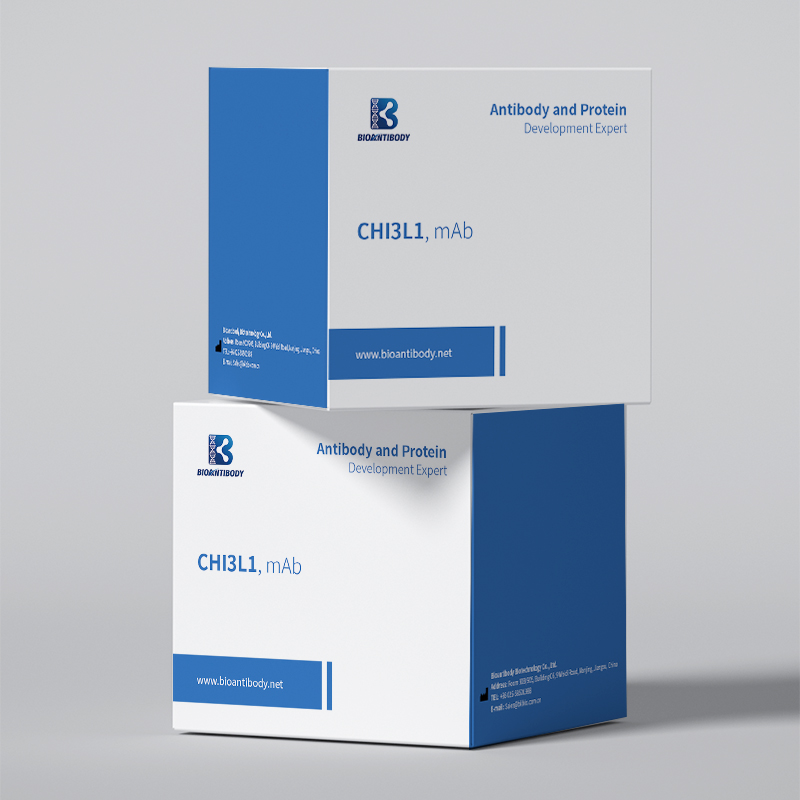
Anti- human CHI3L1 Antibody, human Monoclonal
Product details General Information Chitinase-3-like protein 1 (CHI3L1) is a secreted heparin-binding glycoprotein whose expression is associated with vascular smooth muscle cell migration. CHI3L1 is expressed at high levels in postconfluent nodular VSMC cultures and at low levels in subconfluent proliferating cultures. CHI3L1 is a tissue-restricted, chitin-binding lectin and member of glycosyl hydrolase family 18. In contrast to many other monocyto / macrophage markers, its expression i... -

Anti-human AFP Antibody, Mouse Monoclonal
Product details General Information Alpha-fetoprotein (AFP) is classified as a member of the albuminoid gene superfamily consisting of albumin, AFP, vitamin D (Gc) protein, and alpha-albumin. AFP is a glycoprotein of 591 amino acids and a carbohydrate moiety. AFP is one of the several embryo-specific proteins and is a dominant serum protein as early in human embryonic life as one month, when albumin and transferrin are present in relatively small amounts. It is first synthesized in the h... -

Anti- MP-P1Antibody, Mouse Monoclonal
Product details General Information Mycoplasma pneumoniae is a genome reduced pathogen and causative agent of community acquired pneumonia. In order to infect host cells, Mycoplasma pneumoniae adheres to ciliated epithelium in the respiratory tract, which requires the interaction of several proteins including P1, P30, P116. P1 is the major surface adhesins of M. pneumoniae, which appear to be directly involved in receptor binding. This is an adhesin also known to be strongly immunogenic ...













